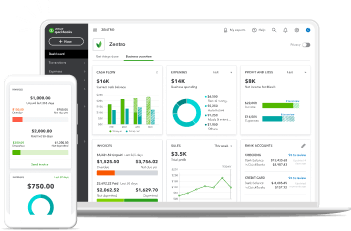In Singapore, your business’ invoicing process is important for a range of reasons.
For one, it acts as a formal request for payment for the goods or services you’ve supplied. Plus, they’re a record of transactions, making them crucial when complying with the Inland Revenue Authority of Singapore (IRAS).
It’s all too easy for a mistake on an invoice to occur when you’re running a busy company. But these errors can have repercussions on your cash flow and make it harder to comply with tax regulations.
However, these mistakes are easily avoidable. We’ve put together a quick guide to common invoicing errors, as well as how to fix an issue when it happens.








